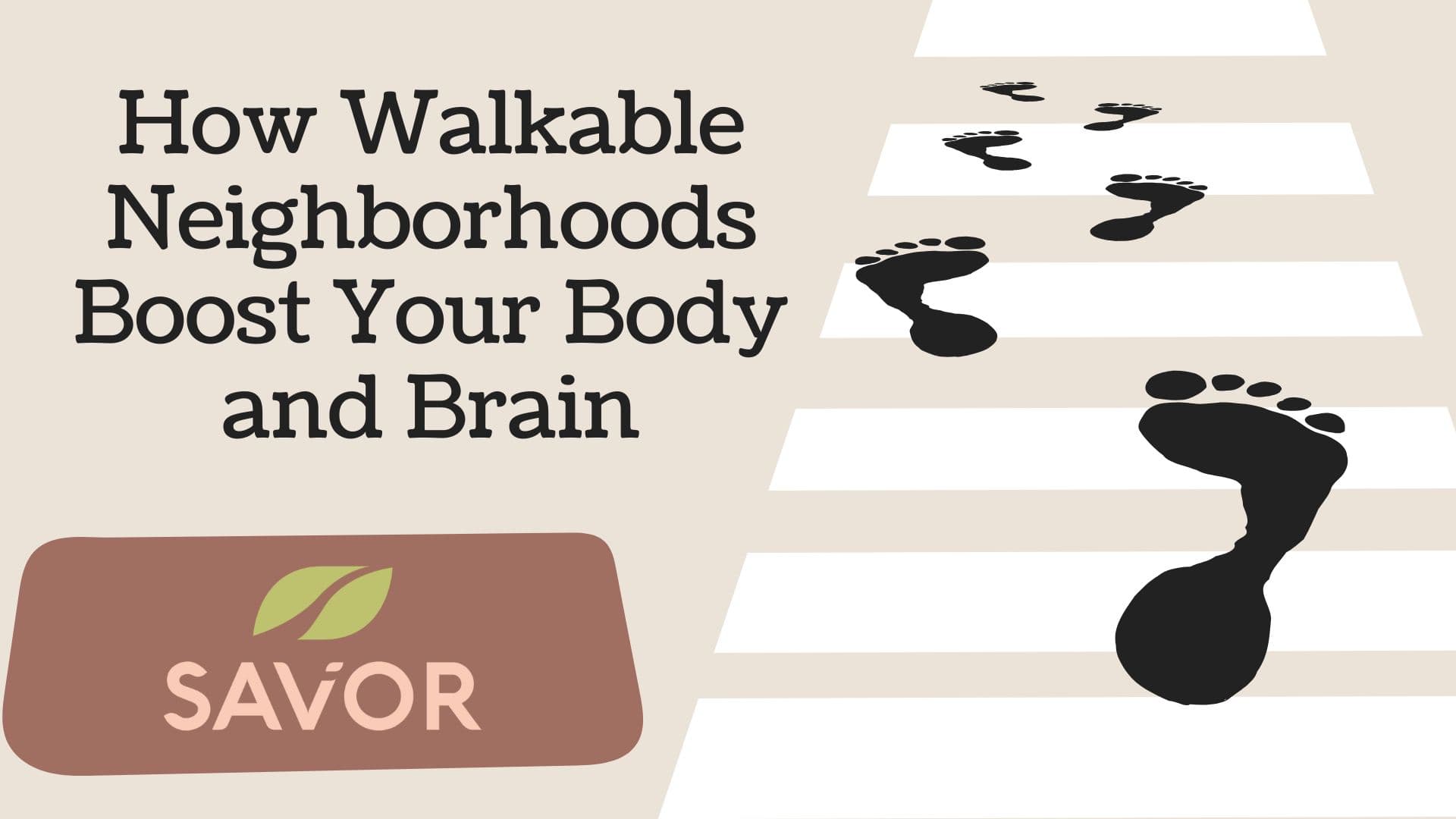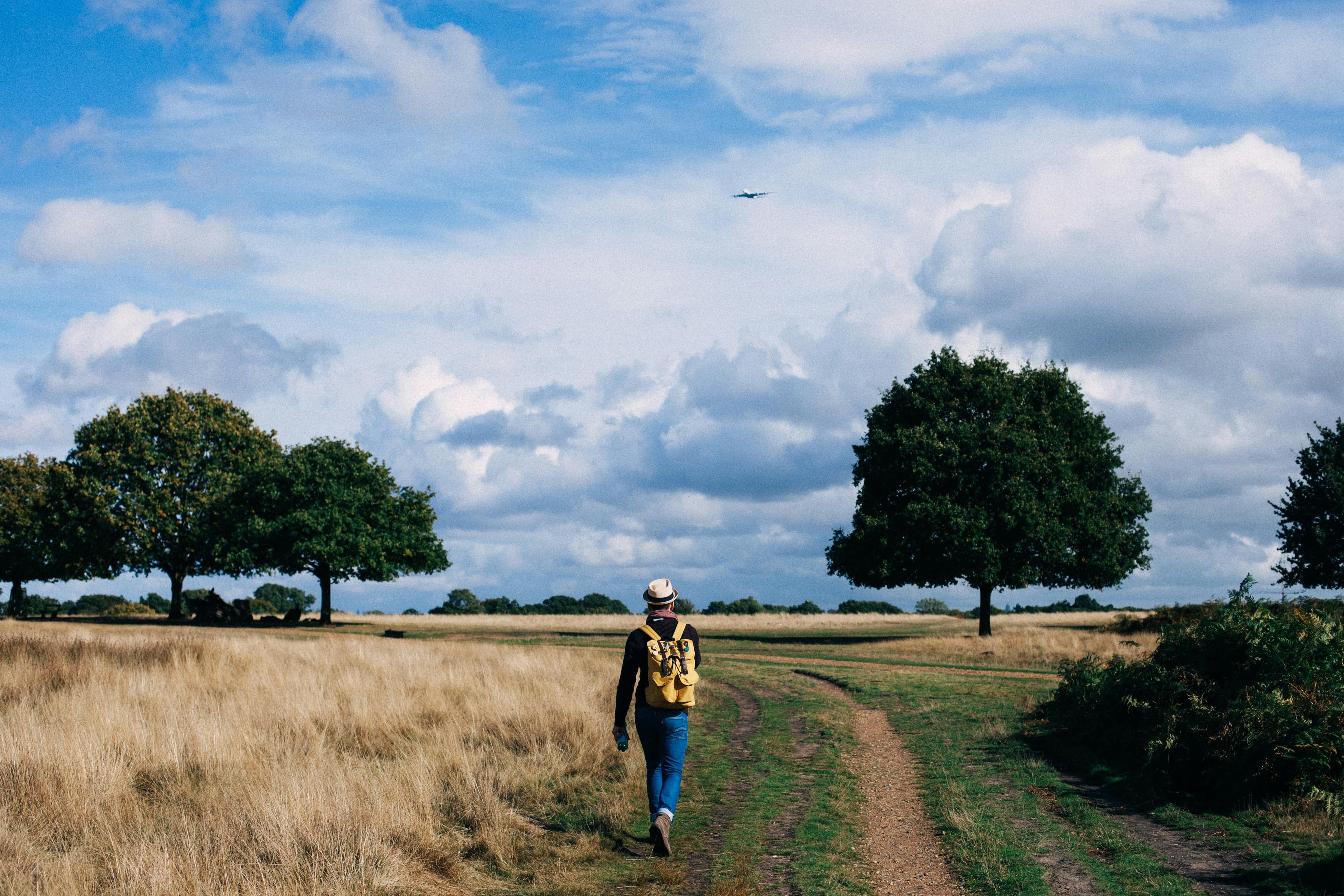How Walkable Neighborhoods Boost Your Body and Brain
Imagine a place where your daily stroll to the coffee shop, the park, or even your local grocery store isn’t just convenient—it’s a stealthy health upgrade. Turns out, your neighborhood’s walkability could be as important to your health as your gym membership app.

How Walkable Neighborhoods Boost Your Body and Brain
Imagine a place where your daily stroll to the coffee shop, the park, or even your local grocery store isn’t just convenient—it’s a stealthy health upgrade. Turns out, your neighborhood’s walkability could be as important to your health as your gym membership app.
According to a growing body of research, walkable neighborhoods—areas designed with sidewalks, connected streets, green spaces, and nearby amenities—don’t just look nice on urban planning diagrams. They’re powerful public health tools.

Walk Away The Blues
Let’s start with the obvious: walking gets your body moving. But here’s the kicker—most of us aren’t doing it nearly enough.
In fact, Sinar Daily recently highlighted a study showing Malaysians are among the world’s least active walkers. One of the culprits? Unwalkable cities: poor infrastructure, traffic hazards, and a lack of pedestrian-friendly designs make walking feel more like a survival mission than a pastime.
But when cities prioritize walking-friendly layouts—adding shaded paths, safe crossings, and green pockets—people naturally start walking more. And with that simple step (pun intended), a cascade of health benefits begins.

Smarter Sidewalks: Boosting the Brain
Here’s where it gets fascinating: lacing up your shoes in a walkable neighborhood may also be protecting your brain. A 2025 reported on a groundbreaking study published in Alzheimer’s & Dementia, which found that people living in more walkable areas had a less steep decline in brain and memory function over time. The effect was especially strong for those with a high genetic risk of Alzheimer’s disease.
Translation: those evening walks aren’t just good for stretching your legs—they might be helping to fight off dementia and Alzheimer's.

Behind Better Minds and Bodies
The Frontiers in Public Health journal backs this up with a comprehensive look at how built environments influence public health. Their research shows that walkable neighborhoods lead to increased physical activity, which in turn reduces obesity, hypertension, and depression. It’s a beautiful chain reaction: good design → more movement → healthier humans.
But it’s not just about movement. Walkable neighborhoods also encourage social interactions. Seeing neighbors on the sidewalk, chatting at a corner café, or bumping into someone at the park can significantly reduce loneliness and stress. It’s like mental health maintenance baked into your morning routine.

National Geographic Steps In (No Pun Intended)
Even National Geographic—not typically known for urban planning coverage—jumped into the conversation.
In a recent feature, they highlighted how people in walkable areas are more likely to meet physical activity guidelines and have stronger neighborly bonds. When cities are designed for cars, people become lonelier. But when cities are built for walking, people connect with each other and with their environment.
As National Geographic noted, “Walkable neighborhoods help us live longer—not just by encouraging movement, but by creating a sense of place and belonging.”

From Lazy to Lively
So, what’s the moral of the story here? It’s not just about getting people to walk more—it’s about reshaping our environments to make walking a natural, enjoyable part of daily life.
Governments, city planners, and citizens alike have a role to play. More shaded sidewalks (especially with trees). Fewer mega-highways. More public spaces where kids can play, elders can rest, and adults can walk and talk without dodging traffic. These are all essential.
Cities like Copenhagen, Tokyo, and even pockets of Kuala Lumpur are already experimenting with walkability—and the early signs are promising. It turns out that designing for feet, not wheels, can transform a city from stressful to serene.
Sources:
Frontiers: The Urban Built Environment, Walking and Mental Health Outcomes Among Older Adults: A Pilot Study
NatGeo: Why your neighborhood matters more for your health than you think
Sinar Daily: Malaysians among least active walkers — more walkable cities could change that
Planetizen: Study: Walkability Can Help Reduce Dementia Risk
Check out Dr. Eddie's post on the benefits of walkable neighborhoods:
Living in a walkable neighborhood may lower dementia risk
Love great food and exclusive perks? Sign up as a Savor of Life member today and enjoy a FREE Buffalo Cauliflower with your main dish! Don't miss out—join now!
👉 Claim your reward here: Savor of Life Membership Offer
Planning an event? Let Savor of Life bring the flavors to you! From social gatherings to large celebrations, our catering services offer delicious, high-quality meals tailored to your needs.
📅 Book now and make your event unforgettable! → Savor of Life Catering
Ready to transform your wellness with specially made meals? Sign up for our Savor Transform 10-Day Challenge and enjoy exclusive perks, special offers, and unforgettable meals!